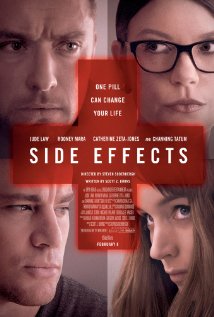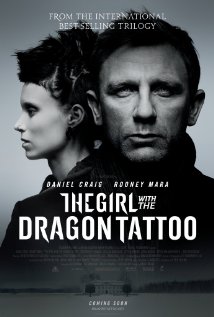 Ain’t Them Bodies Saints/2013/IFC Films/105 min.
Ain’t Them Bodies Saints/2013/IFC Films/105 min.
“Ain’t Them Bodies Saints,” by writer/director David Lowery, opens with a quarrel between a pair of young lovers, ambling along the hills of desolate central Texas. Ruth (Rooney Mara with a Plain Jane, ’70s vibe) frets that her restless boyfriend Bob (Casey Affleck) is going to take off on his own and leave her behind.
He reassures her but her fears are not unfounded – when a robbery goes wrong, Bob goes to jail and Ruth must fend for herself. But knowing that Ruth is pregnant, Bob determines to escape and return to his wife and child.
Lowery creates and sustains a languid mood tinged with loneliness, frustration, guilt and longing, underscored by steady dread, thanks particularly to cinematographer Bradford Young’s pretty camerawork and Daniel Hart’s plaintive music. The director also draws subtle performances from Mara as a teen transformed by motherhood and a tenderly expressive Ben Foster as the cop who forms the third side of the love triangle.
Lowery’s work essentially belongs to the lovers-on-the-run tradition that mixes film noir, poetic realism and grisly fairy tale – presumably attempting to join the ranks of movies like “Gun Crazy,” “Bonnie and Clyde” and “Badlands.”
“Ain’t Them Bodies Saints” has impressed many critics, but I found it hard to connect with and the more I thought about it, the less I liked it. Lowery seems uncomfortable letting a simple tale unfold. Several narrative threads felt clunky and tacked on, without adding anything of substance. Some of the storytelling was hard to follow; other parts were boring (though, to be fair, action isn’t the aim here) and hollow.
Pretentious and plodding more than heartfelt and contemplative,“Ain’t Them Bodies Saints” failed to move me.
“Ain’t Them Bodies Saints” opens nationwide today.













From FNB readers